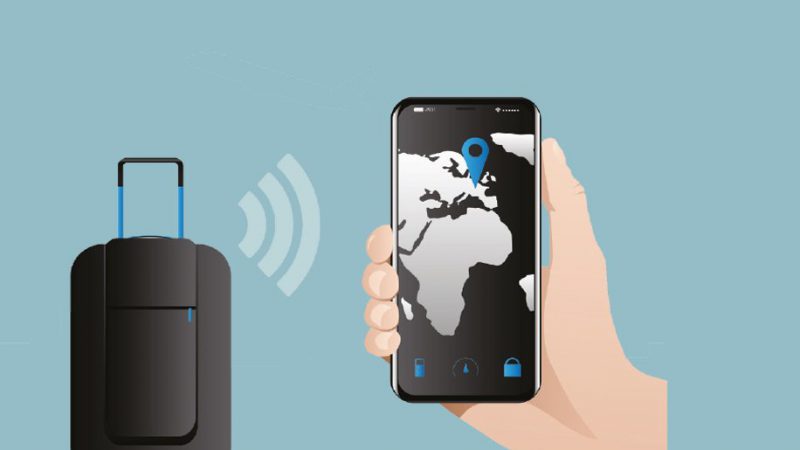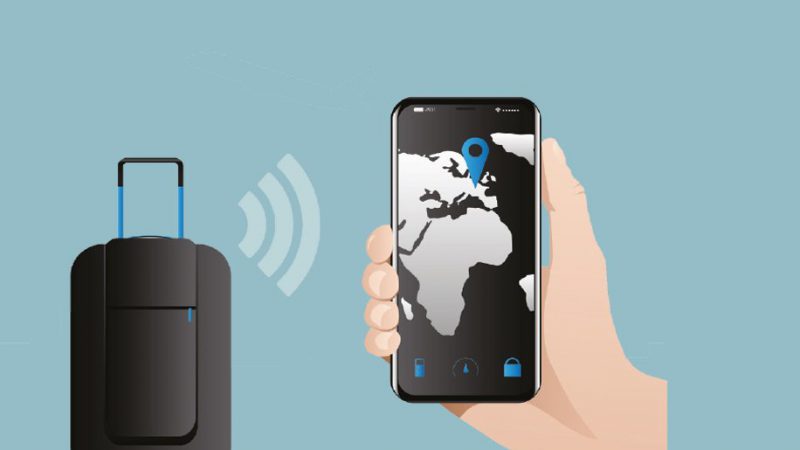Lost Luggage
December 30, 2018


What should you do when it happens?
Head for your airline’s desk immediately and fill in a missing or damaged bag form from that carrier. Most airlines have a desk in the baggage claims area, but if not don’t leave without getting a member of the airline staff to fill out a baggage report. Keep a copy of this. If your luggage or items are damaged, photograph this now.
This is also when to ask for items they can provide to tide you over: replacement luggage, toiletries or money to buy essentials. Keep receipts for anything you buy as a result of a lost, delayed or damaged bag so you can be reimbursed.
You should submit a claim for damaged items in an e-mail or letter as soon as possible – within seven days – including your itinerary and contact information and lots of detail about what was damaged and how, with before and after pictures if possible.
You can claim from any of the airlines you have traveled on, though the final airline would usually handle the claim, so start there.
According to the US Department of Transportation, airlines may have different policies to determine when a bag is officially lost. Most airlines will declare a bag lost between five and fourteen days after the flight, but this can vary from one airline to another.
What are your rights?
DOT limits the liability of the airline to a maximum of $3,500 for lost or damaged luggage or its contents. For international travel, airlines are obliged by the 1999 Montreal Convention to compensate you if your bag is lost, delayed or damaged en route, unless it took all “reasonable measures” to protect it, or if your luggage was faulty.
The problem is there are no rules setting how much you should receive. It’s capped at around $1,600 but it’s unlikely you will receive anywhere near that much without insurance.
The seven-day deadline for complaints is crucial if your items were damaged; after this the airline may not be legally obliged to compensate you. If the airline is unwilling to pay and you think it’s worth it, you can try to retrieve damages in a small claims court up to two years after the flight.
You will need receipts to prove the value of your bag and its contents. If you splash out on nice luggage, etc, for a trip, photograph or scan the receipts and save them to a cloud-based device. The DOT advises that the carrier might offer to absorb only a portion of replacement costs, on the basis that you will be able to use the new items in the future.
Airlines’ contracts of carriage often exclude certain categories of items (for example: fragile items, electronics, cash, perishable items, other valuables, etc.). For domestic travel, airlines are not required to compensate passengers for such items. For international itineraries (including the associated domestic segments), airlines are responsible for these items if they have accepted them for transport. For valuable items, you may want to consider purchasing additional insurance.
Avoiding Loss
Travelers who check in late or transfer planes are more likely to lose their luggage. Airline groups like Star Alliance offer a connection service on some routes that will alert staff to quick transfers and prioritize moving your bag. It’s also worth checking whether your airline has a bag tracking service and alerting them to tight transfers at check-in in case they can help you out.
The DOT recommends that your baggage should clearly display your name, address and contact information inside and out in case the airport tags are lost. Print it and leave it on top of your clothes. If your bag is a little worse for wear or you have delicate items inside, don’t forget that marking it “fragile” is an easy safeguard.
Several websites will help you check your legal rights and make a claim, but will likely take a chunk of whatever you are rewarded.
There are also gadgets to help. Wistiki (wistiki.com) and Tile Pro (thetileapp.com) use Bluetooth to track items within a 200 to 300-foot radius. The Tile’s location can also be picked up by the app on other users phones and relayed to you. Missing X (missingx.com) is a digital lost property network that lets you register lost items and helps airports, train stations and hotels contact you. There are also devices for tracking luggage on flights, but check the latest user reviews as they can be temperamental. One option is ReboundTag (reboundtag.com), an RFID-chip luggage tag, QR code and other identifiers, giving airports a way to notify you if your bag is found – as soon as it’s scanned, you’ll receive a text. Baggage mishandling was reduced from 18.88 bags per 1,000 passengers in 2007 to 5.57 in 2017, according to the International Air Transport Association. But we all know it’s happened at least once to any frequent traveler – and knowing your rights might just help you out.




